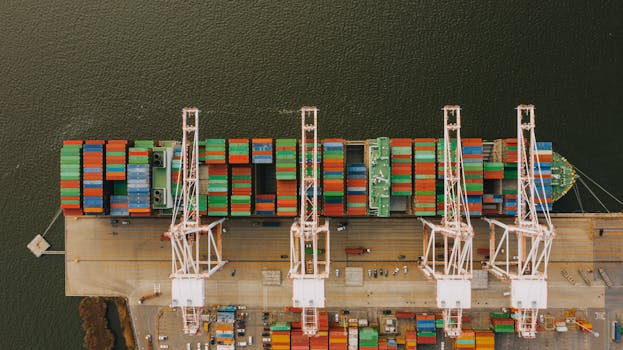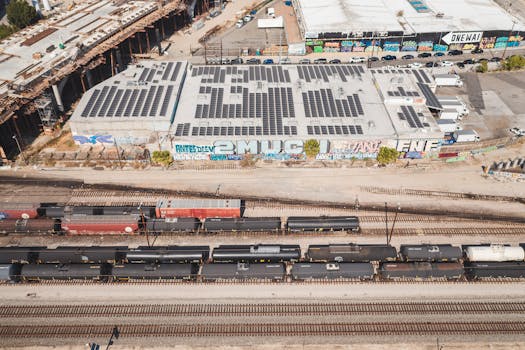Companies with the best and the worst technicals.
Lists of companies in NSE500 with the best and the worst technicals...
Lists of companies in NSE500 with the best and the worst technicals...
Lists of companies in NSE500 with the best and the worst fundamentals...
List of the latest important filings for NSE500....

This article explores the economic consequences of the recent halt in trade...

This article explores the detrimental effects of terrorism on India's economy, highlighting...

The proactive measures taken by Indian airlines in response to the Pahalgam...

The ongoing trade discussions between India and the United States signify a crucial juncture in international commerce, particularly concerning e-commerce, agriculture, and data storage. As both nations seek to solidify their economic standings, the outcomes of these negotiations could reshape the political and economic landscapes.
India's e-commerce sector is projected to reach approximately $200 billion by 2026, according to a report by the India Brand Equity Foundation (IBEF). This rapid growth is attracting significant attention from foreign investors, particularly those in the United States, including giants like Amazon and Walmart.
During the latest round of trade talks, which began in late 2023, the U.S. expressed intent to advocate for a more open digital marketplace. A key focus is on reducing tariffs and eliminating barriers that hinder U.S.-based companies from entering the Indian market. In contrast, India is concerned about protecting its local businesses and ensuring equitable taxation practices.
Moreover, the U.S. is keen to focus on data localization requirements that currently mandate firms to store data generated in India within its borders. Proponents see this as a protective measure for consumer rights, while critics argue that it limits competitive practices and drives up operational costs for U.S. entities.
Agriculture continues to be a backbone of India's economy, contributing about 17% of the GDP and employing nearly 60% of its population. As such, the agricultural discussions in the trade talks hold tremendous significance. The U.S. is keen to expand its export footprint in Indian agriculture, targeting products such as soybeans, pulses, and other grains.
In 2022 alone, India imported $3 billion worth of agricultural products from the U.S., a figure that U.S. farmers hope to expand in the coming years. However, the talks face challenges, particularly concerning food safety regulations and sanitary standards that India mandates. Historically, negotiations around these issues have proven contentious, as both countries grapple with differing standards and consumer expectations.
Furthermore, India’s commitment to promoting local farmers may lead to policies that disincentivize imports, potentially straining U.S. agricultural interests. During the trade negotiations, a balanced approach that respects local farming while fostering foreign investment will be vital.
Data privacy and storage are of utmost importance in today’s digital world. The United States is keen to explore avenues that would ease restrictions on cross-border data flows, arguing they are essential for tech companies to function efficiently and to remain competitive. This reflects a broader initiative from the Biden administration to create a comprehensive strategy for global digital trade.
In contrast, India insists on maintaining its data sovereignty, pushing for regulations that require data generated in the country to be stored within its borders. This has raised concerns among U.S. tech firms, who argue that such measures could limit innovation and increase costs. As of 2023, companies like Microsoft and Google have begun to establish data centers in India, but navigating the regulatory landscape remains challenging.
Both countries face the task of developing a framework that safeguards user privacy, ensures competitive practices, and nurtures innovation while satisfying regulatory requirements. These trade talks represent a unique opportunity to set foundational standards for data privacy and security that could resonate globally.
The outcomes of these India-U.S. trade talks will likely set a precedent for other nations to observe. If successful, it could catalyze a series of reforms to global e-commerce policies, reshaping standards on data storage, cybersecurity, and agricultural trade across multiple markets. Mexico and Japan, both key trading partners of the U.S., may look to mirror the agreements reached, influencing their engagements with India.
Moreover, the potential economic benefits of a favorable trade agreement could be substantial. The U.S. Chamber of Commerce estimates that enhancing trade ties could add up to $50 billion to the GDP of both countries combined. With the two nations set to hit a trade volume of $500 billion by 2025 if the anticipated agreements are realized, the stakes are undoubtedly high.
In summary, the India-U.S. trade talks present both opportunities and challenges across e-commerce, agriculture, and data storage. Striking a balance between openness and localized protections will be integral in achieving a mutually beneficial agreement. Stakeholders on both sides are poised for developments that could reshape their economic futures.

This article explores the rapid expansion of quick delivery services like Dunzo...

This article delves into the significant outcomes of the recent GST Council...